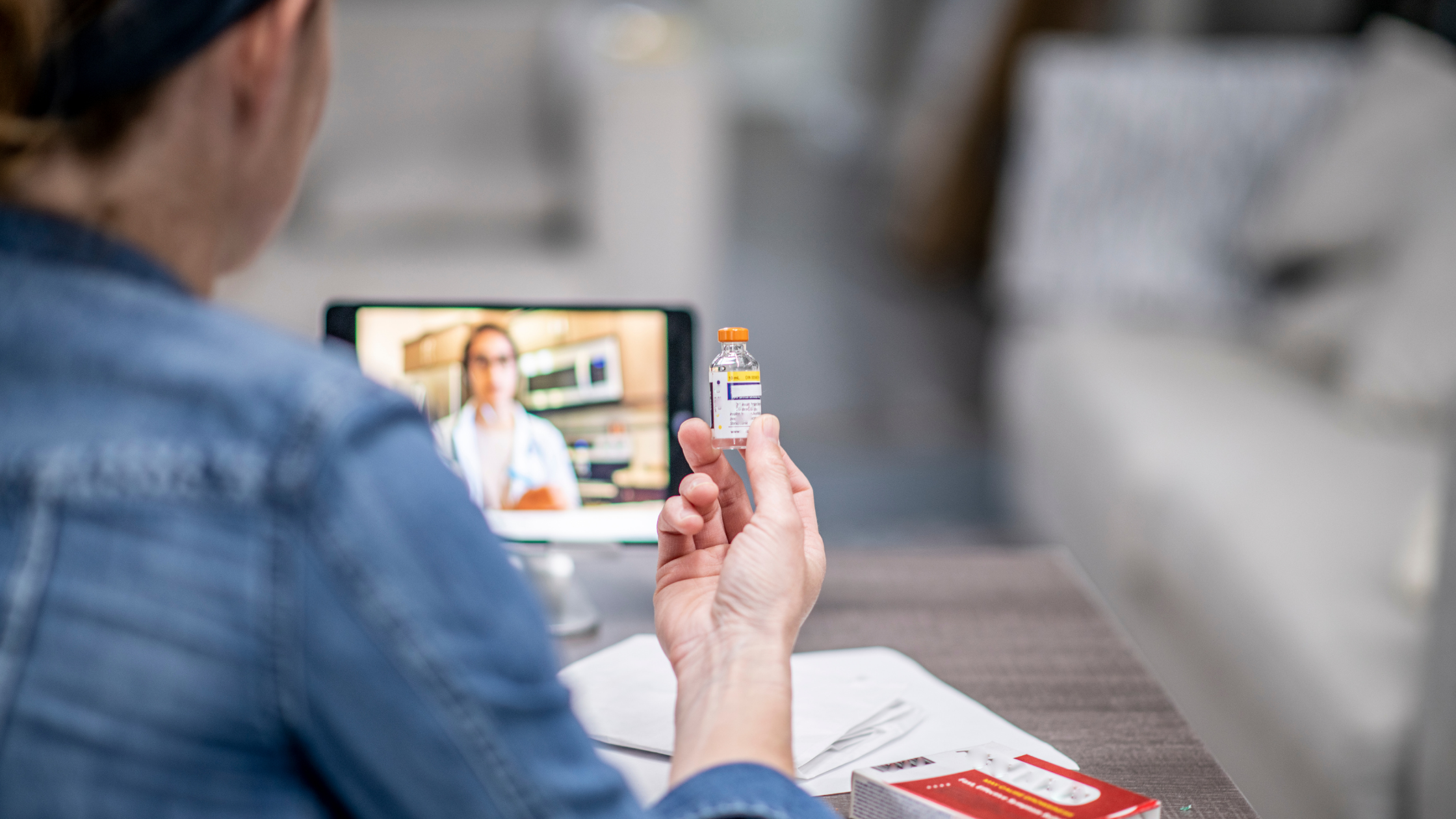Could Remote Patient Monitoring Programs be the Next Big Step for Healthcare?

The pandemic changed ways of doing things for every industry, and none more than healthcare. With the system already under great strain in dealing with COVID-19 patients, providers had to find new ways to continue serving those with other serious health issues. While elective surgeries could be postponed, other more serious problems had to be dealt with during a prohibition on in-person contact for all but the most urgent situations.
Enter telehealth, once a lightly-used option but now a necessity. And as it happened, in addition to eliminating the risk of virus spread, the shift to virtual doctor visits potentially checks a few important boxes: lower cost, higher patient satisfaction and in many cases better outcomes.
While telehealth has been around since the 1990s, it’s only recently that technology has been able to support it on a widespread basis. That speedy broadband that allows you watch Netflix also permits videoconferencing with your doctor. And just about everyone has a suitable device in the palm of their hand.
But true remote medicine goes far beyond those video appointments, and that’s where new technology enters the picture in the form of remote patient monitoring (RPM). Health provider visits give a snapshot of a moment in time, but with many conditions that single moment doesn’t tell the whole story.
Now, an army of devices aims to address that gap, and the remote environment brought about by the pandemic has opened the door for them.
Some are simple, for instance CPAP machines that connect to a cellular network to provide reporting on a patient’s night breathing, or remote blood pressure monitors. Others go much further, to devices that can alert a health care provider, or even initiate a video call, when a given metric reaches a dangerous level.
The benefits of RPM go far beyond the physical separation of the pandemic. Imagine a patient in a rural area, far from any health facilities, who can use a Bluetooth stethoscope to self-monitor. That device compares what it hears to a massive database of chest sounds and immediately lets the patient know they need to seek emergency care – or not.
The applications of remote patient monitoring are nearly endless, from assessing blood pressure or blood oxygen levels (often an early COVID-19 indicator), to monitoring diabetes or breathing issues. While no one is suggesting that remote applications should replace in-person visits, it can be a huge advantage for the elderly or mobility-challenged to not have to visit a provider in person for routine matters.
And the benefits will extend beyond individual patients also, as all the data collected can be used in the aggregate to better guide healthcare providers and researchers.
The devil, of course, is in the details, and privacy laws and regulations will have something to say about all this. Some rules were relaxed as a necessity during the pandemic, but any long-term efforts will need to be HIPAA-compliant. The promise of lower costs also is not yet a reality, as many providers were instructed to bill telehealth visits at the same rates as in-person appointments during the pandemic. Look for new regulations specifically around telehealth and RPM in the near future.
The smart money points to a big future for RPM, with one report predicting that the global market will grow from $25.5 million in 2020 to nearly $2 million in 2025.